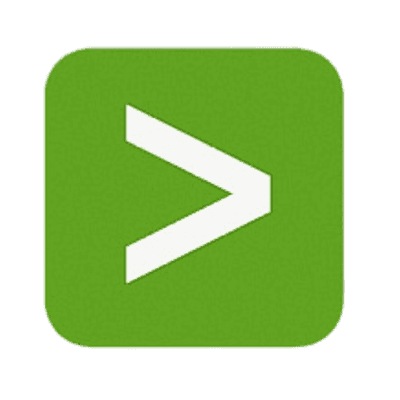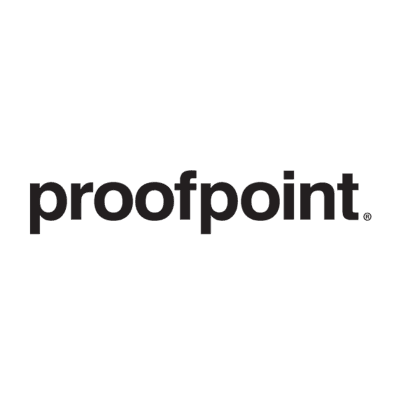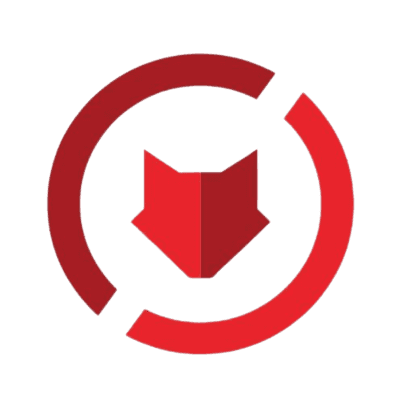Cybersecurity
Cloud
IT
Databricks Repos simplifies collaborative development in data and AI projects by integrating Git for seamless version control.
1. Automated code deployment and integration workflows ensure consistent updates across data projects, minimizing manual errors and enhancing collaboration.
2. Continuous data validation processes, triggered by code changes in Repos, maintain data quality and integrity, crucial for large-scale analytics.
3. Streamlined model testing and deployment workflows, initiated by updates in Databricks Repos, accelerate the development cycle, ensuring rapid delivery of AI innovations.
4. Automated monitoring and alerting for code and data anomalies in Repos-supported projects safeguard against potential disruptions in critical data processes.
What is Databricks Repos?
Databricks Repos is crafted to streamline the collaborative process of developing complex data analytics and machine learning projects. It leverages the robust version control capabilities of Git, enabling teams to work on shared notebooks and code repositories seamlessly within the Databricks environment.
Value Proposition of Databricks Repos
By harmonizing the strengths of Databricks and Git, Repos offers an unparalleled collaborative experience, reducing overheads associated with project management and version control. This seamless integration ensures that teams can focus on innovation and problem-solving rather than on managing project logistics.
Who Uses Databricks Repos?
The primary beneficiaries of Databricks Repos are data scientists, data engineers, and developers engaged in collaborative projects that involve complex data processing, analytics, and machine learning. The tool caters to the needs of professionals seeking to optimize their workflows and enhance productivity through better collaboration tools.
How Databricks Repos Works?
Databricks Repos enhances the Databricks workspace by enabling direct integration with Git repositories. Users can clone, pull, and push changes to and from their Git repositories within their Databricks environment. This functionality ensures that code, data exploration, and model development efforts are efficiently version-controlled and accessible to all team members.














